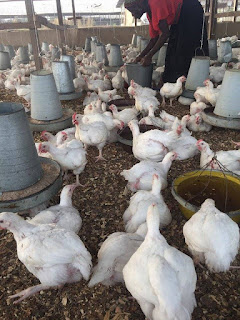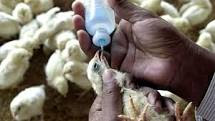IMPACTS OF CLIMATE CHANGE ON FISHERIES
American fishermen catch or harvest five million metric tons of fish and shellfish each year. U.S. fisheries contribute more than $1.55 billion to the economy annually (as of 2012). Many fisheries already face multiple stresses, including overfishing and water pollution. Climate change may worsen these stresses. In particular, temperature changes could lead to significant impacts. The ranges of many fish and shellfish species may change. In waters off the northeastern United States, several economically important species have shifted northward since the late 1960s. The three species shown in [the figure to the left] (American lobster, red hake, and black sea bass) have moved northward by an average of 119 miles. · Many aquatic species can find colder areas of streams and lakes or move north along the coast or in the ocean. Nevertheless, moving into new areas may put these species into competition ...


